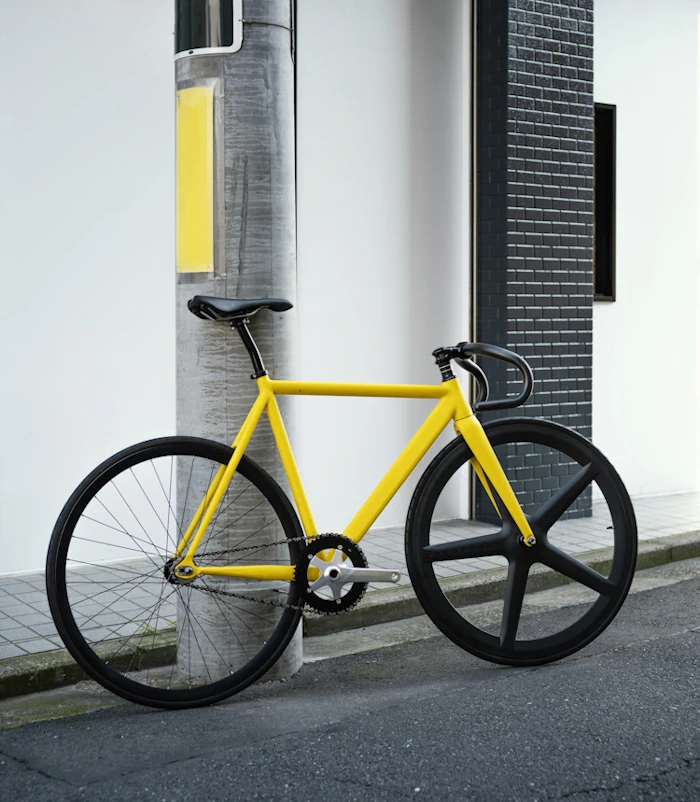Tubeless tire sealant is a vital component in the arsenal of any cyclist utilizing tubeless tire setups. It serves a crucial role in maintaining tire integrity, preventing punctures, and ensuring a smooth riding experience on various terrains. In this article, we delve into the workings of tubeless tyre sealant and why it’s indispensable for cyclists.
Understanding Tubeless Tire Sealant
Composition
Tubeless tire sealant typically comprises a liquid formula containing latex, synthetic polymers, microfibers, and sealing particles. These ingredients work together to create a viscous solution capable of sealing punctures on-the-go.
Sealant Activation
When a puncture occurs, the centrifugal force from the rotating wheel distributes the sealant around the tire’s inner surface. As the sealant comes into contact with air, it undergoes a chemical reaction, forming a flexible plug that effectively seals the hole.
Continuous Protection
Tubeless tire sealant remains active within the tire, providing ongoing protection against punctures. As new punctures occur, the sealant automatically reacts to seal them, ensuring minimal disruption to the rider’s journey.
Benefits of Tubeless Tire Sealant
Puncture Prevention
The primary function of tubeless tire sealant is to prevent punctures by sealing small holes caused by thorns, glass shards, or other debris encountered on the road or trail.
Increased Confidence
With tubeless tire sealant onboard, cyclists can ride with increased confidence, knowing that their tires are protected against common puncture hazards.
Enhanced Ride Quality
By eliminating the need for inner tubes, tubeless tire setups offer lower rolling resistance and improved traction, resulting in a smoother and more enjoyable riding experience.
Weight Savings
Tubeless tire sealant eliminates the need for bulky inner tubes, resulting in weight savings that contribute to faster acceleration and improved climbing performance.
Self-Sealing Capability
In the event of a puncture, tubeless tire sealant reacts quickly to seal the hole, allowing cyclists to continue their ride without the hassle of immediate repairs or tire replacements.

Importance for Cyclists
Versatility
Tubeless tire sealant is suitable for various cycling disciplines, including road cycling, mountain biking, gravel riding, and cyclocross, offering versatile protection across different terrains.
Convenience
With tubeless tire sealant onboard, cyclists can enjoy the convenience of fewer flats and reduced maintenance, allowing them to focus more on their ride and less on tire-related issues.
Cost-Effectiveness
While tubeless tire setups may require an initial investment in sealant and tubeless-compatible tires and rims, the long-term cost savings from reduced flat tires and replacement tubes make it a cost-effective choice for cyclists in the long run.
Performance Enhancement
By maintaining tire integrity and minimizing the risk of punctures, tubeless tire sealant enhances overall performance, allowing cyclists to push their limits and explore new terrain with confidence.
FAQs
- How often should I replenish tubeless tire sealant?
- It’s recommended to check and replenish tubeless tire sealant every few months or after significant puncture events to ensure continuous protection.
- Can I mix different brands of tubeless tire sealant?
- While it’s generally safe to mix different brands of sealant, it’s advisable to stick with one brand for consistency and optimal performance.
- Does tubeless tire sealant dry out over time?
- Yes, tubeless tire sealant can dry out over time, especially in hot or dry conditions. Regular checks and replenishment are essential to maintain effectiveness.
- Is tubeless tire sealant environmentally friendly?
- Many tubeless tire sealants are biodegradable and environmentally friendly, but it’s essential to dispose of used sealant responsibly according to local regulations.
- Can I use tubeless tire sealant with inner tubes?
- While tubeless tire sealant is designed for tubeless setups, some cyclists use it with inner tubes for added puncture protection, although effectiveness may vary.